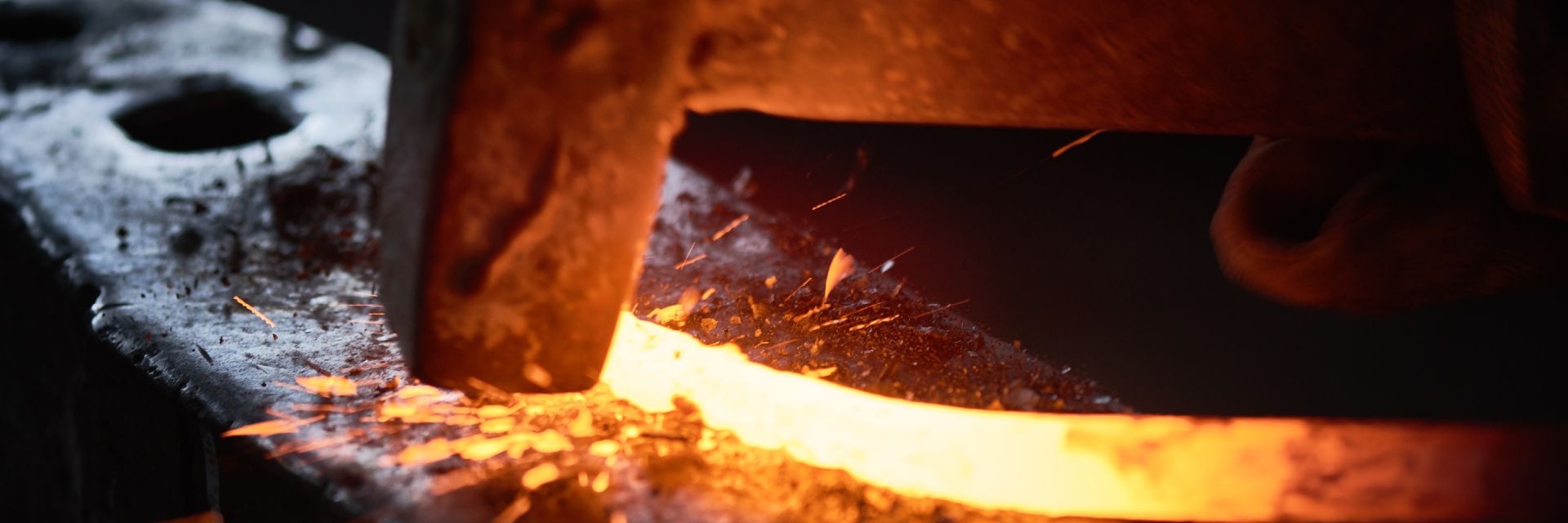While geopolitical tensions are likely to impact global bond markets over the medium term, in the long run it is primarily driven by central bank policy, with the market pricing in a fast pace of normalisation. Is the market getting too excited?
Shifting priorities
The macro challenges facing countries might be variable, and could be affected by the Russian/Ukrainian crisis. But, the overarching emphasis seems to be on protecting the economy, and consumers, from “entrenched” and elevated inflation. In America, the US Federal Reserve (Fed) admitted that it has to be more “nimble” in the central bank’s fight against higher inflation. The recent minutes revealed that, “most participants noted that, if inflation does not move down as they expect, it would be appropriate for the committee to remove policy accommodation at a faster pace than they currently anticipate”.
Given the importance of the future Fed policy to the bond market, the question is how a “faster pace” could play out? It seems very likely that the central bank, at the very least, will hike faster than the three hikes in 2022 implied in its “dot plot” projections.
Given another record print in inflation for January, at 7.5% on an annualised basis, it seems more likely that the central bank may have to settle for up to five 25 basis point (bp) hikes this year, lifting the upper limit from 0.25% to 1.5%. That said, the Fed will also consider the geopolitical risk and financial conditions. In the short term inflationary pressures are unlikely to improve, and any energy-related disruptions will not help.
2-year yield well ahead
The rate market prices in six rate hikes for 2022 which is reflected in the significant rise of the 2-year yield from 0.2% back in September, to over 1.5%. In the past 39 years (which have seen seven rate-hiking cycles) the 2-year yield started to rise from its prevailing lows on average five months ahead of “lift-off” in the cycle.
This time, the 2-year yield started to climb thirteen months ago, illustrating the exceptional degree of market excitement. This “lift-off euphoria” is also reflected in the level of the 2-year yield. The hiking cycle has not even started, and the difference between the bond yield and the policy rate is 125bp. This is the biggest steepness since 2004 between the 2-year yield and the actual policy rate during, or in advance of, a hiking cycle.
Steepness and flatness in one
At first glance, the yield curve seems flat. But the headline flatness (difference 10-year and 2-year Treasury yields) overlooks the current curve dynamics. The flatness can only be witnessed at the long end, with the difference between the 5-year and 10-year yields a mere 10bp. This means that investors obtain only 10bp yield more by doubling the tenor. The curve at this point is the flattest seen since 2007.
While a steepening at the short end has regularly been accompanied by a flattening at the long end, the magnitude of the recent steepening and flattening is surprisingly high, by historical standards.
But what does the exceptional steepness and flatness at the respective segments of the curve imply? The steepness at the short end suggests a high conviction in the market of a steep hiking cycle. While recent safe-haven flows have led to lower yields at the longer end, the flatness at this point of the curve hints of confidence that the Fed can tame inflation in the medium to longer run. Is the market being too complacent?
History suggests that eight fed hikes would not be extreme
A closer look at the 2-year yield in comparison to past hiking cycle patterns provides more insights. The forward rate curve points to a US policy rate of 2.25% in two-years’ time (equivalent to eight 25bp steps). During the last six cycles since 1983, the Fed hiked by 270bp (equivalent to 11 25bp moves) in a two-year period. Eight 25bp hikes appears moderate by comparison. However, in most prior periods of rising rates, yields were substantially higher. During the last such period the Fed hiked eight times, with seven of them occurring in a two-year time frame.
Overshooting the target
While eight increases are far from abnormal, based on previous hiking cycles, the 2-year yield tends to overshoot. During the last six cycles the yield overshot the peak in the policy rate by around 80bp, on average (see chart). This implies that often the market forecast at least three hikes more than occurred, with the exception being the era of stagflation in 1980 and 1981.
Inflation pull-effect
While the inflationary challenges facing countries might be slightly different and are likely to be impacted by the Russian/Ukraine crisis, the overarching emphasis of central banks seems to be to protect the economy, and consumers, from “entrenched” and elevated inflation.
This leads to the crucial question concerning the longer end of the curve: how far can long end yields rise? Historically, the long end tried to anticipate the terminal, or neutral, rate for the Fed (the rate at which the economy reaches trend growth without inflation running away or avoiding deflationary tendencies).
Guessing this neutral rate tends to be more of an art than a science, and is often only discovered at the point of no return, for instance, the realising that it had hiked one too many times. In 2019, taking the policy rate to 2.5% proved too much for the economy, and financial markets. This time the rate market implies an even lower terminal point, leading to the described flatness in the curve.
Curve shows inversion
In fact, the 1-year projected 5-year forward rate is only 15bp higher than the current spot rate, while the entire 1-year projected curve is inverted (that is, when shorter-term yields are higher than longer yields), something that usually only occurs during the later phase of a hiking cycle, clearly not at the outset. This illustrates the market expectation that 2.25% could mark the tipping point.
Terminal rate, term premium
According to various studies, a substantially elevated higher terminal rate would either require a much higher trend or equilibrium growth, or the excessive stagflation seen in 1980s. Both scenarios seem less likely in our view.
Furthermore, higher leverage means that the economy is less likely to withstand rates substantially beyond 2.25%. In addition, the market is rediscovering the importance of holding longer bonds during geopolitical uncertainties. However, the aggressive hiking expectations, combined with depressed yields (leading to early stage inversion) at the medium to longer end, leaves room for volatility.
A reduction in monetary accommodation and increasing uncertainty over the long-term inflation path could lift the term premium out of negative territory. This, in turn, may spark more volatility at the long end, pushing yields at that point of the curve, at least temporarily, higher.
A positioning at the medium point of the curve, in combination with moderate credit exposure, seems more appealing in this environment.


